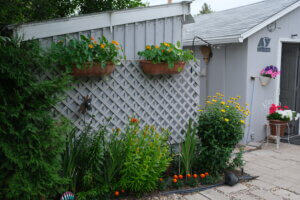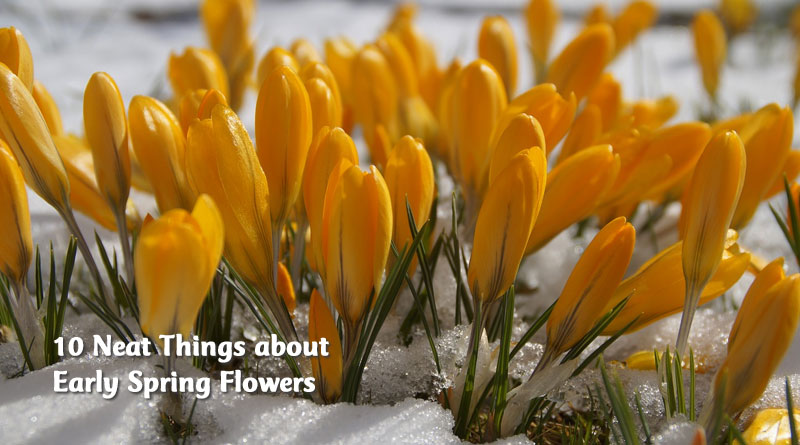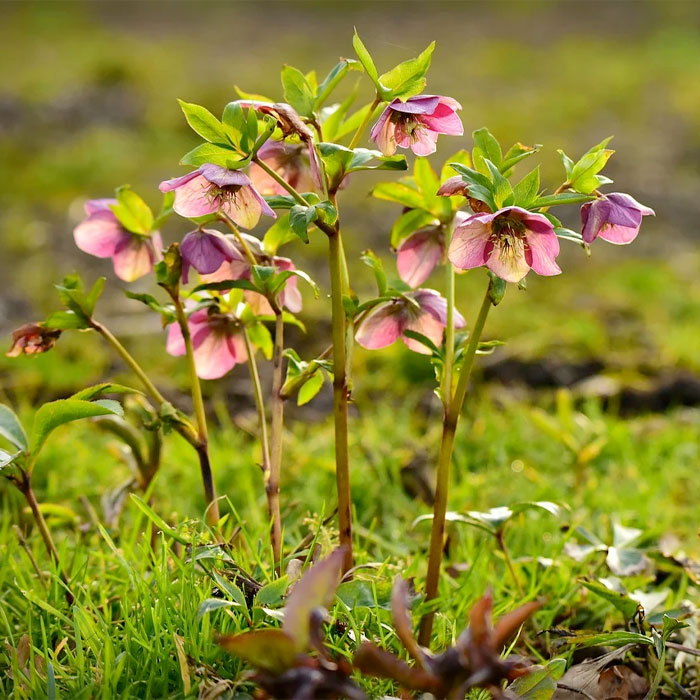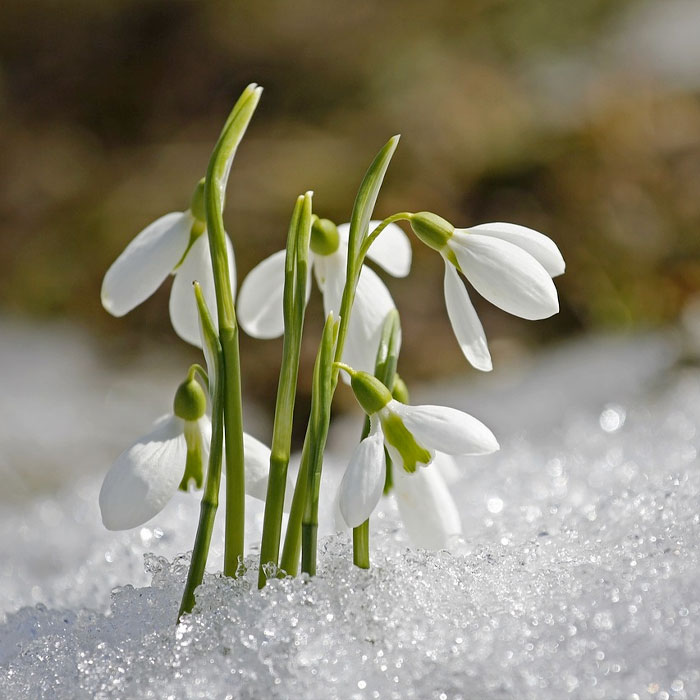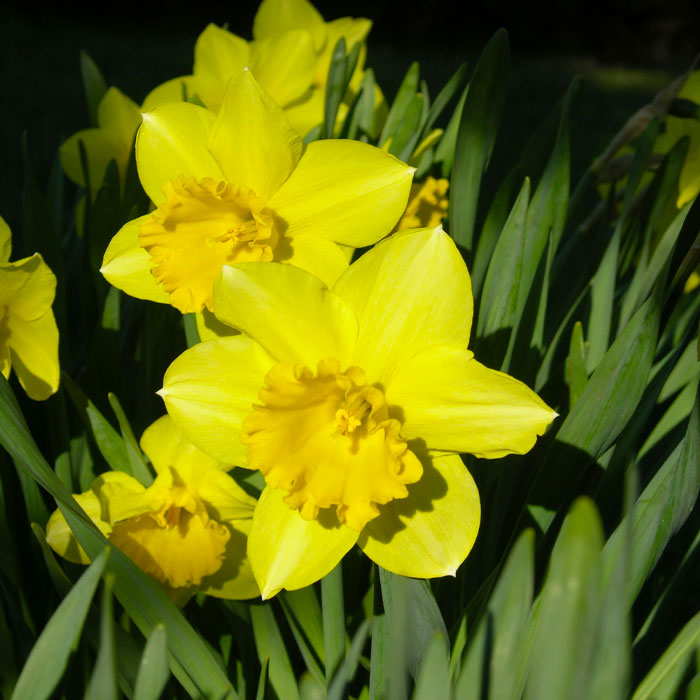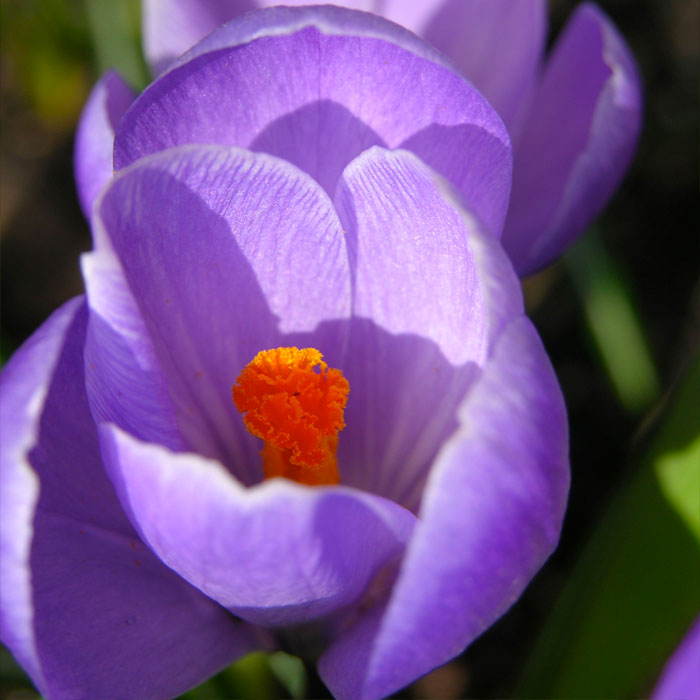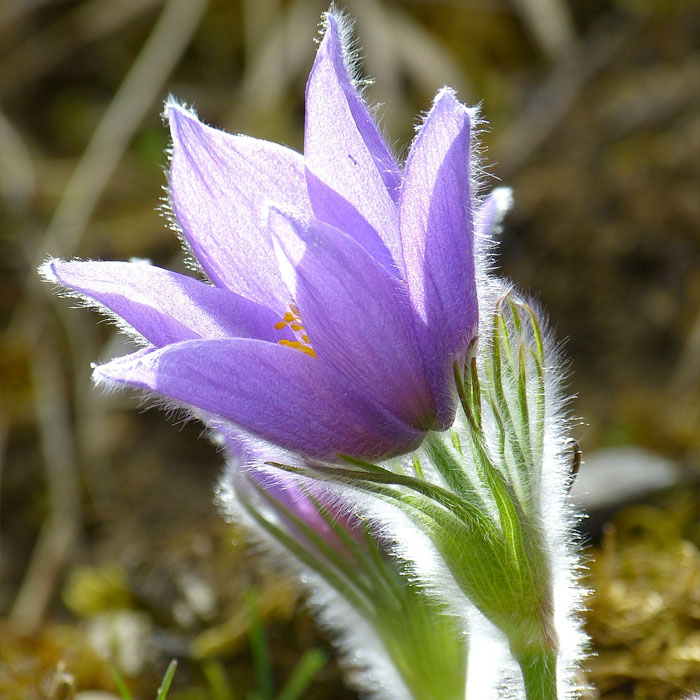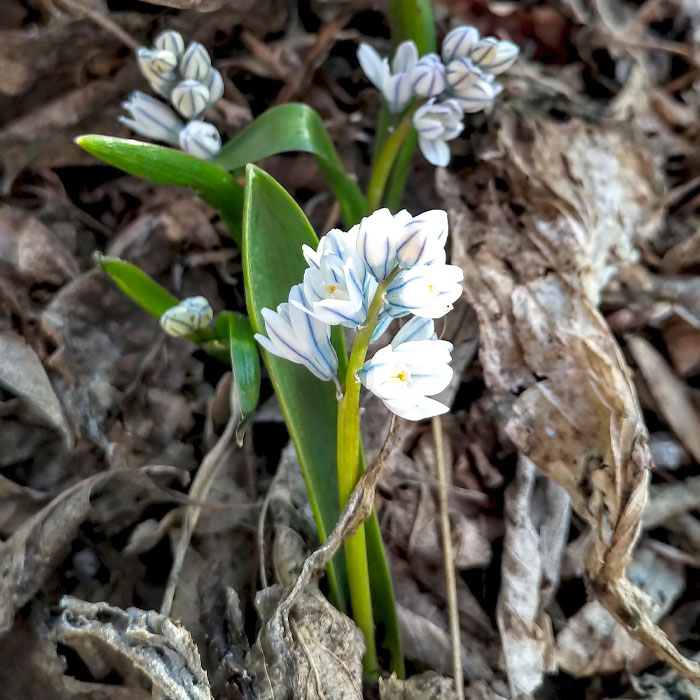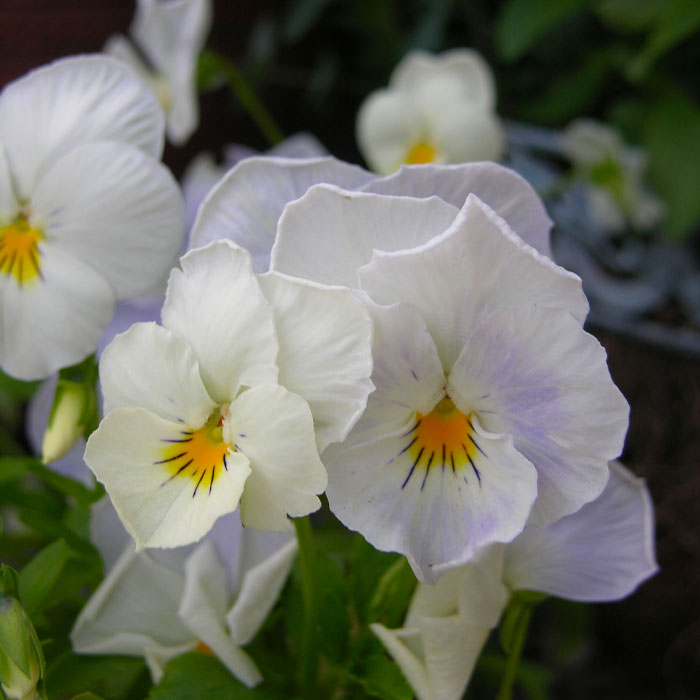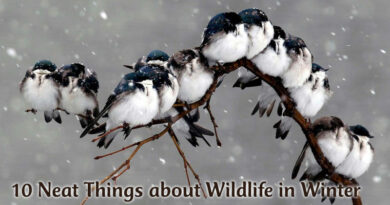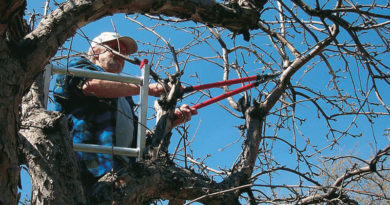Early Spring Flowers
1. Hellebores.
One of the early spring flowers, Hellebores, are poisonous, as are many plants in the garden. The sap and seeds, interestingly, will turn skin black and lead to tingling and numbness, according to Diana Grant on the website dengarden.com. She says a few days after prolonged contact, the skin on her fingers became so hard she could hear it scratching on the table.
3. Snowdrops.
Galanthus is enormously popular in Europe, where there are galanthophiles, people who collect them. These small-bulb flowers were remarked on as early as the fourth century BCE by Theophrastus. They are suspected of being the plant known as moly, which appeared in Homer’s Odyssey; moly was given to Odysseus to protect him from the poisons of Cirse. Snowdrops do have a component that is an antidote to certain poisons, and it is native to the Mediterranean. It may not be moly, though, since Homer also says the plant has a black root. The bulbs of snowdrops are white.
4. Crocus.
Depending on whom you talk to, the Greek person from whom Crocus takes its name was either a friend of Hermes accidentally killed by him in a game of discus or a youth in love with the nymph, Smilax. In the Hermes version, the god was distraught at his mistake and turned his fallen friend into the crocus. In the Smilax version, the youth was distraught at his ill treatment by Smilax and was turned into the crocus by the gods. Smilax must have done something really awful, because the gods turned her into bindweed.
5. Pulsatilla, or prairie crocus.
The floral emblem of Manitoba, while called a prairie crocus, is not a crocus but a pulsatilla. It is native to areas across western North America, from up in the Yukon south to Texas. It has an interesting way of planting its own seeds. The seeds are elongated with a hairy tail. The hairs on the tail are designed to hold different amounts of water so that, as they dry out and refill with moisture, they kind of corkscrew down toward the soil.
10. Quotes.
Robin Williams: “Spring is nature’s way of saying ‘let’s party!'”
Percy Bysshe Shelley: “If winter comes, can spring be far behind?”
Charles Dickens: “It was one of those March days when the sun shines hot and the wind blows cold, when it is summer in the light and winter in the shade.”
Shauna Dobbie: “Hurry up, spring!”
– Shauna Dobbie Copyright©
Pegasus Publications Inc.

Thinning is winning: Why thinning seedlings leads to a stronger garden
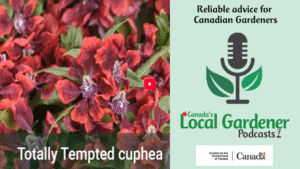
Glenn Andersen on Nordic Nurseries and growing for Proven Winners

Peonies are tough and beautiful: 10 Neat Things

Explore Memorial University Botanical Garden
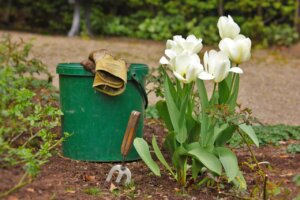
Weeding: Pull less, grow more
